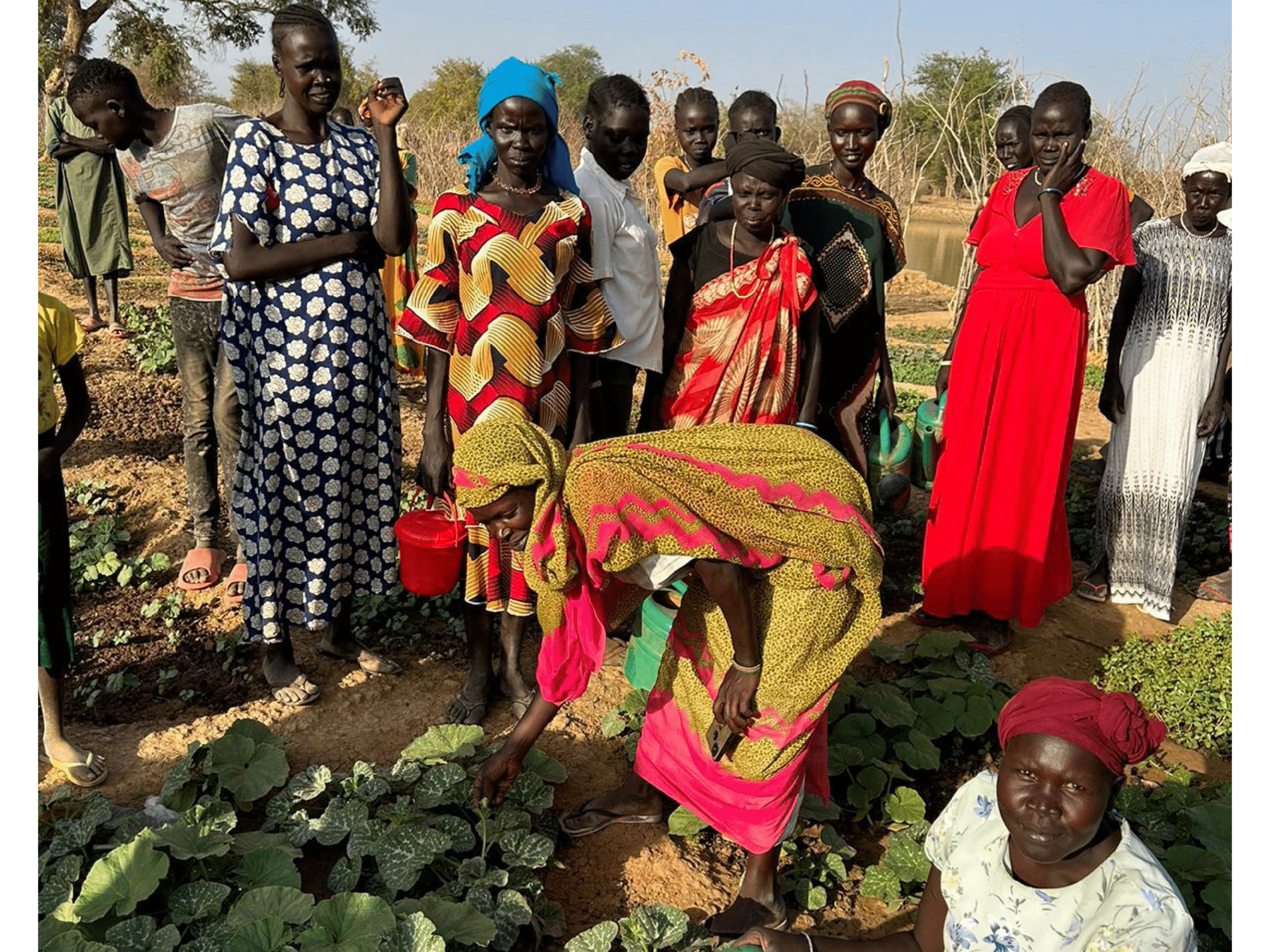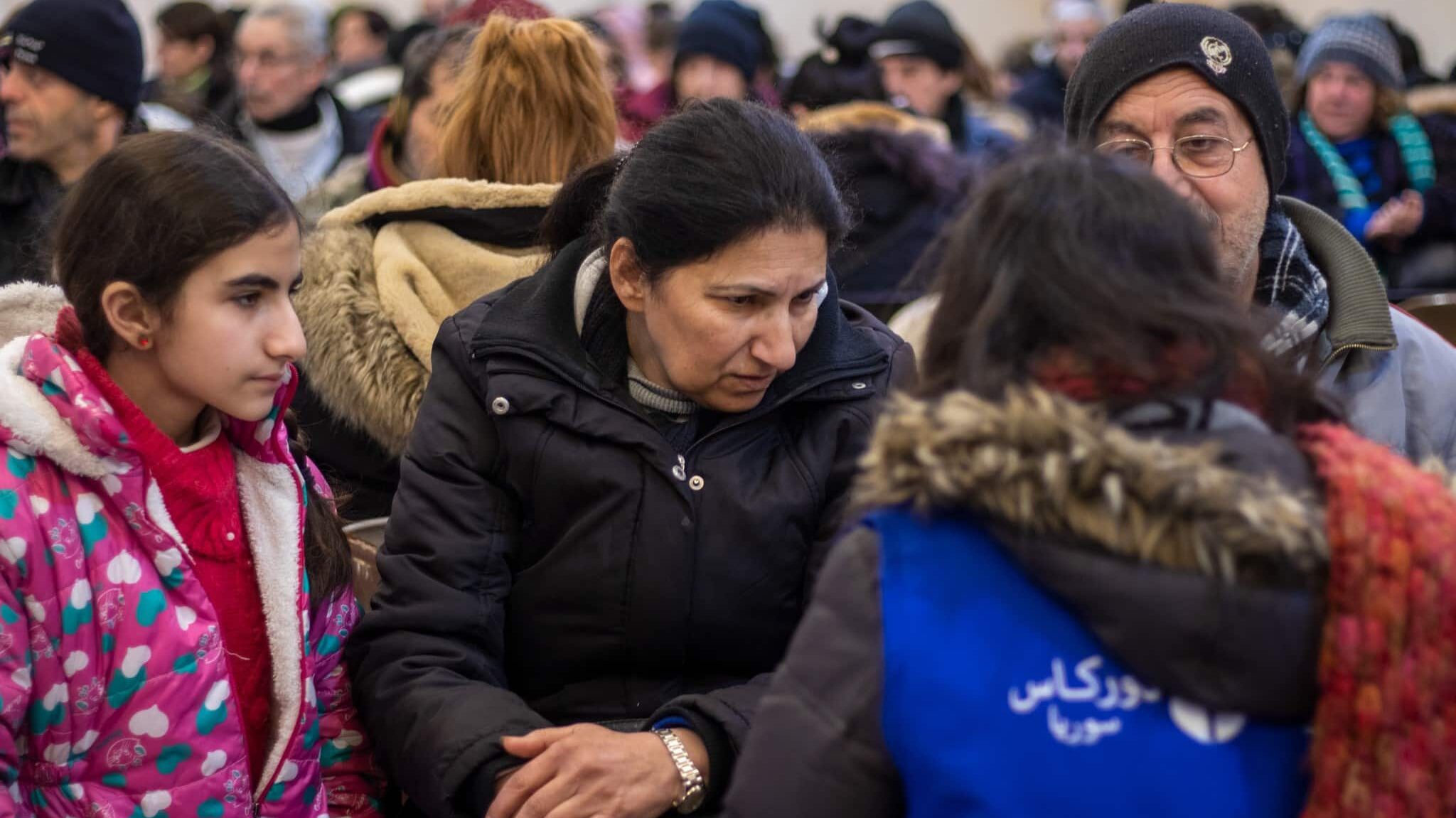Record number of people forcibly displaced
Last week, the UNCR published it’s annual Global Trends Report highlighting the trends in forced displacement over the past year. By the end of 2023, approximately 117.3 million people were forcibly displaced worldwide, with numbers rising to over 120 million in early 2024. The amount of people who are forcibly displaced has been increasing for twelve consecutive years. From the end of 2022 to the end of 2023, there was an 8 per cent increase, equating to 8.8 million people.
South Sudan
2023 was a year of turmoil, with large-scale conflicts and natural disasters. One of the major conflicts in last year, that led to 6 million people internally displaced and 1.2 million fleeding to neigbouring countries, was the conflict in Sudan. The outbreak of violence forced many to leave their homes. According to the UNHCR, South Sudan now hosts around 330,000 refugees, the majority of whom are from Sudan.
ZOA-Dorcas South Sudan supports people fleeing the violence in Sudan through nitiatives such as the SAFER project. Among them are returnees who previously fled violence in South Sudan during the war and are now fleeing back from Sudan. By providing cash, seeds and tools, the project aims to strengthen them and the host communities. The circumstances these refugees returned to is also still dire, and this project supports them them in rebuilding their lives.

Syria and Lebanon
Almost 60 per cent of all forcibly displaced people are internally displaced, meaning they do not cross a border but remain within their country. Syria has the second-largest number of internally displaced people worldwide: 7.2 million.
2023 was a year of yet another crisis in Syria. After more than a decade of war, the crisis in the country was exacerbated when it was was struck by a major earthquake and extreme aftershocks. Although the international community’s attention briefly focused on Syria after the earthquake, it has since faded into the background.
Dorcas works both in Syria and in Lebanon. Lebanon, one of the neighbouring countries hosting many Syrian refugees, is also in crisis, causing tensions between the Lebanese population and Syrian refugees. Dorcas supports these groups by organising group conversations and training sessions that bring together Syrian refugees and the Lebanese host population to resolve tensions. These sessions focus on intergenerational activities and celebrations that break down barriers, promote tolerance and reject stereotypes, all aimed at reducing conflicts and fostering mutual support systems.
In Syria, we support people in need through various programmes. When the earthquake struck, Dorcas Syria staff immediately began providing humanitarian assistance. You can read more about our work in Syria after the earthquake here:
One year after the earthquake in Syria: How did Dorcas support those in need?

Climate change
Climate change is also negatively affecting the safety of forced displaced people and may increasingly affect the number of displaced people. According to the UNHCR Global Trends Report, nearly 75 per cent of all forcibly displaced people lived in countries with high-to-extreme exposure to climate-related hazards at the end of 2023.
As extreme weather events become more frequent, we expect the number of people displaced by climate-induced events to increase. Therefore, taking both mitigating and adaptive measures to combat climate change and increase climate resilience is a key priority for Dorcas in the coming years. We see the climate refugees and we will not leave them behind.
Read the latest Global Trends Report of the UNHCR here
20 June 2024
Are you inspired?
Read the next story or contact us to get to know more about making an impact together.